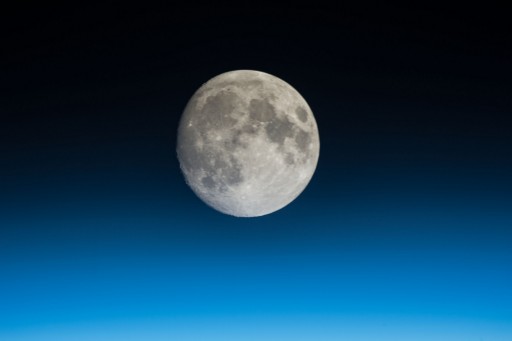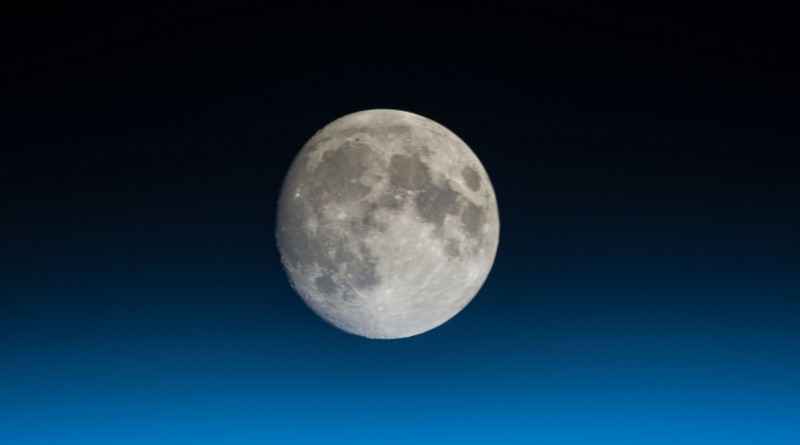ISS Operations Update – October 29, 2015

Experiments:
Plasma Kristall-4 [The PK-4 payload set up in the Columbus European Physiology Module Rack and examines low temperature gas mixtures comprised of ionized gases, neutral gas and micron-scale particles. The micro-patricles become charged in the plasma and undergo interactions with each other leading to a self-organized structure known as plasma crystals.]
Plant Gravity Sensing [The experiment looks at gravity sensing in thale cress, a generic model used in many plant studies. As part of the experiment, the plant is cultivated in microgravity and artificial gravity using a centrifuge to determine changes on a cellular level that point to the mechanism of gravisensing with particular focus on calcium channel activation through the MCA-1 protein. An increase of calcium within the cytoplasm of plants is known to occur in response to stimuli such as phytohormones, temperature and touch the mechanism of which has been studied extensively on Earth. Whether a calcium increase also occurs as a result of gravistimulation remains to be seen as gravity is difficult to control for ground-based tests. The mechanisms of underlying biochemical reaction paths that lead to gravitropism are fully unknown. Recent studies point to a protein, MCA-1, and an actin cytoskeleton that are involved in the transport of calcium to create a directional response in the presence of gravity. The current hypothesis is that amyloplasts (starch containing particles) sediment in the direction of the gravity vector as a result of their high mass. This sedimentation causes tension stress in actin fibers thus activating the mechanosensitive calcium channels. Whether this system of channels and actin fibers also forms in microgravity is unknown.]
eValuatIon And monitoring of microBiofiLms insidE the ISS (ViABLE)
Sleep ISS-12 [The ISS-12 experiment monitors the ambient light exposure and crew member activity and collects data on the subjective evaluation of sleep and alertness. Ambient light and activity are monitored via a wrist-worn actiwatch that delivers actiwatch spectrums that are put through bio-mathematical models of sleep and light to predict circadian phase. Sleep logs will be kept by crew members as a subjective assessment of sleep quality and duration. It is hoped that this investigation can deliver requirements for lighting, sleep-shifting protocols and workloads for future space exploration missions.]
Habitability Experiment Ops [Assessment of International Space Station Vehicle Habitability will see teams on the ground study video of the behavior of crew members within the habitable environment of ISS while the crew fills out questionnaires and collects video of areas of interest in order to provide an assessment of the habitability of ISS in its current state for a one-year mission. Results will be used to develop spacecraft with improved habitability properties to allow crew members to optimally utilize the onboard space.]
Hematokrit Experiment Blood Analysis [Hematokrit looks at a well-known phenomenon of space flight that red blood cell count (normal range: 30-45%) tends to go down over time.]
Pilot-T [This experiment puts crew members through complex tasks, such as piloting a space vehicle, at various stages of a long-duration mission to assess crew member performance reliability over long mission durations.]
Vzir Experiment Operations and Tagup [Vzir (Viewfinder) uses the SKPF-U (Photo Image Coordinate Reference System) hardware, a photo image coordinate reference system using ultrasound sensors and a camera for general target views.]
Food Frequency Questionnaire
Interactions Experiment [‘Vzaimodeistviye’ (Interactions) looks at psychological aspects of long duration space flight during which different cultures come together aboard a Spacecraft such as ISS and seeks to improve crew interactions aboard ISS and with teams on the ground.]
Maintenance/Systems:
Nominal Inspections/Servicing Tasks (Morning Inspection, Caution & Warning Panel Check, Sozh System Maintenance) (Russian Crew)
Formaldehyde Monitoring Kit Deployment
Other Activities:
Post-EVA Operations: Crew Medical Checks, EVA Debrief, Extravehicular Mobility Unit Feed Water Tank re-fill
Progress M-29M Cargo Operations

